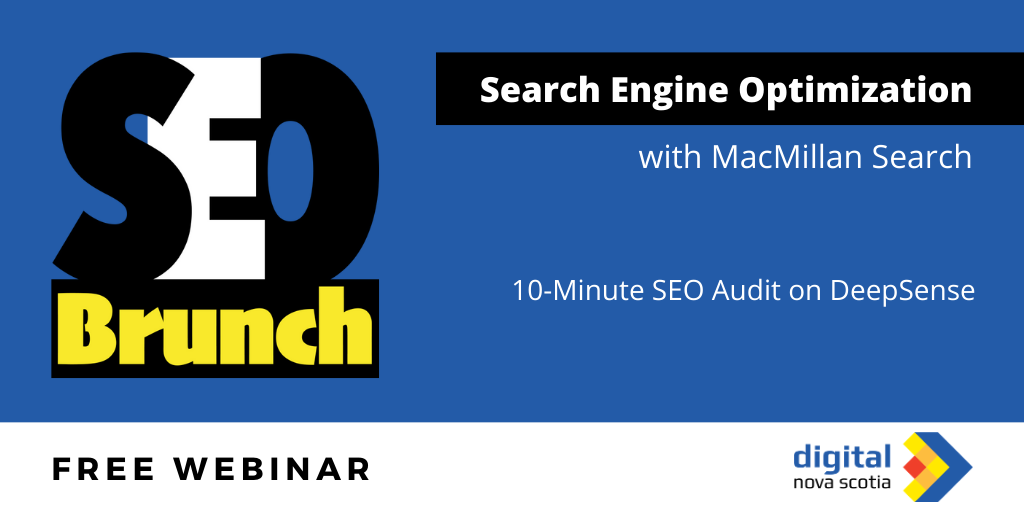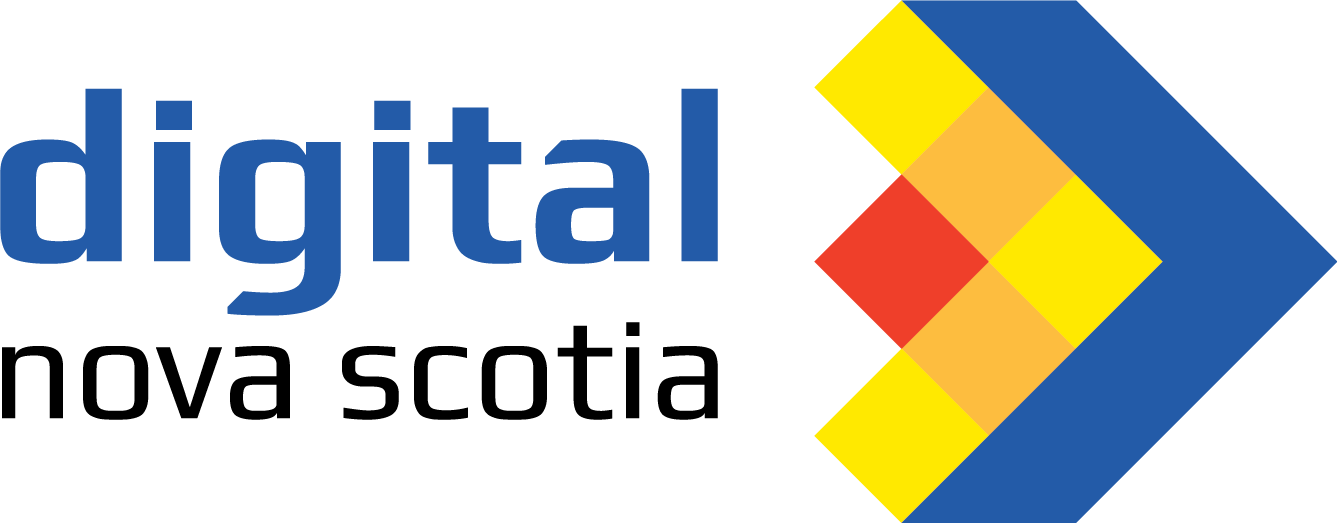
November 2, 2020
Search Engine Optimization (SEO) is arguably one of the most important factors to successfully build a website and brand. At our most recent SEO Brunch on October 26, 2020, our partner MacMillan Search Consulting performed a 10-minute SEO audit on our member DeepSense. By using two SEO methods, organic and paid, MacMillan Search Consulting walked us through their process- here are the results of the audit!
Earlier in the year during May’s SEO Brunch 10-minute audit we looked at their website and focused on improving branded search results and putting more in-depth tools in place to measure success and provide more details. Specifically, our suggestions were:
- Set up Google Search Console – success measurement & more details
- Improve the Homepage Metadata – branded search
- Set up Google My Business – branded search
DeepSense’s branded search used to look like;
and now it looks like
This contributed to an increase in organic traffic year-over-year
So what is next?
- Update GMB as much as possible
- update the photos, add a logo and a cover (identity photos) – keeps the results looking very branded
- use a tracking parameter . This helps differentiate GMB and regular branded traffic and drive future strategies.
- Break out the individual projects and industries as their own pages – each project and industry is unique enough to warrant it’s own page. By doing this you open the opportunity for each to rank outside of just ranking for the branded + industry (or projects term). We would recommend keeping the main indexed pages to capture the branded terms and use them to transfer authority to stand-alone pages. Once these pages are live we would recommend exploring the main topics PAA to determine what kind of questions are being asked and developed content to answer these questions. For example:
- the query Illegal Fishing AIS Data has the following PAA section:
-
-
Although the query “Why do ships turn off AIS?” has limited volume, answering it on the new individual project page will help build out the content, and show relevancy.
-
Notes on PPC
1. Bid on brand terms in Google Search Ads
Why? – Bidding on your own brand name is a cost-effective way to own the search results, provide additional information through ad extensions such as phone calls and additional links, and it helps differentiate between yourself and deepsense.ai.
How? – Set up a Google Ads account (if you don’t already have one) and create a campaign that targets only your brand terms and perhaps some variations. If you wish, you can target only those users in Nova Scotia, or Atlantic Canada, but if you wish to reach beyond those borders, you should also target any additional provinces or states where someone might be searching for you.
2. Install LinkedIn Insights Tag
Why? – The LinkedIn Insights tag will help you measure the results of future LinkedIn ads campaigns but more importantly for right now, it will give you additional insights about the visitors who are coming to your website. With the Insights tag, you can see data about visitors to your website (or even just specific pages) such as company name, company size, job function, job title, job seniority, company industry, and more. The best part is, even if you don’t spend much in LinkedIn Ads, you still get to look at the LinkedIn data for your site visitors.
Why? – The LinkedIn Insights tag will help you measure the results of future LinkedIn ads campaigns but more importantly for right now, it will give you additional insights about the visitors who are coming to your website. With the Insights tag, you can see data about visitors to your website (or even just specific pages) such as company name, company size, job function, job title, job seniority, company industry, and more. The best part is, even if you don’t spend much in LinkedIn Ads, you still get to look at the LinkedIn data for your site visitors.
How? – You want to install the LinkedIn Insights Tag on all pages on your site to track visitors. See this help article from LinkedIn for all the details here.
3. Event/conference ‘air cover’ tactic
Why? – When speaking at or attending relevant industry events or conferences, it may be beneficial to target event attendees with ads on social media for DeepSense. These industry events are the perfect place to showcase your brand, a particular project you want to highlight, and more. This tactic can also be used to promote a session or panel you’re speaking on if you want to ensure high attendance.
How? – There are several ways you can provide ‘air cover’ for an event or conference. One tactic is to use Twitter ads to target a lookalike of the event account’s followers. While you can’t target ads directly at attendees, you can create ads that will be seen by users who are similar to the followers of the event account. You can also layer additional targeting like geographic (if the event is in person) to ensure that your message reaches the right users. If the event/conference has a page or group on LinkedIn, you can also sometimes use this.
[fusion_youtube id=”fLEGcz6zMH4″ alignment=”center” width=”” height=”” autoplay=”false” api_params=”” hide_on_mobile=”small-visibility,medium-visibility,large-visibility” class=”” css_id=””][/fusion_youtube]
